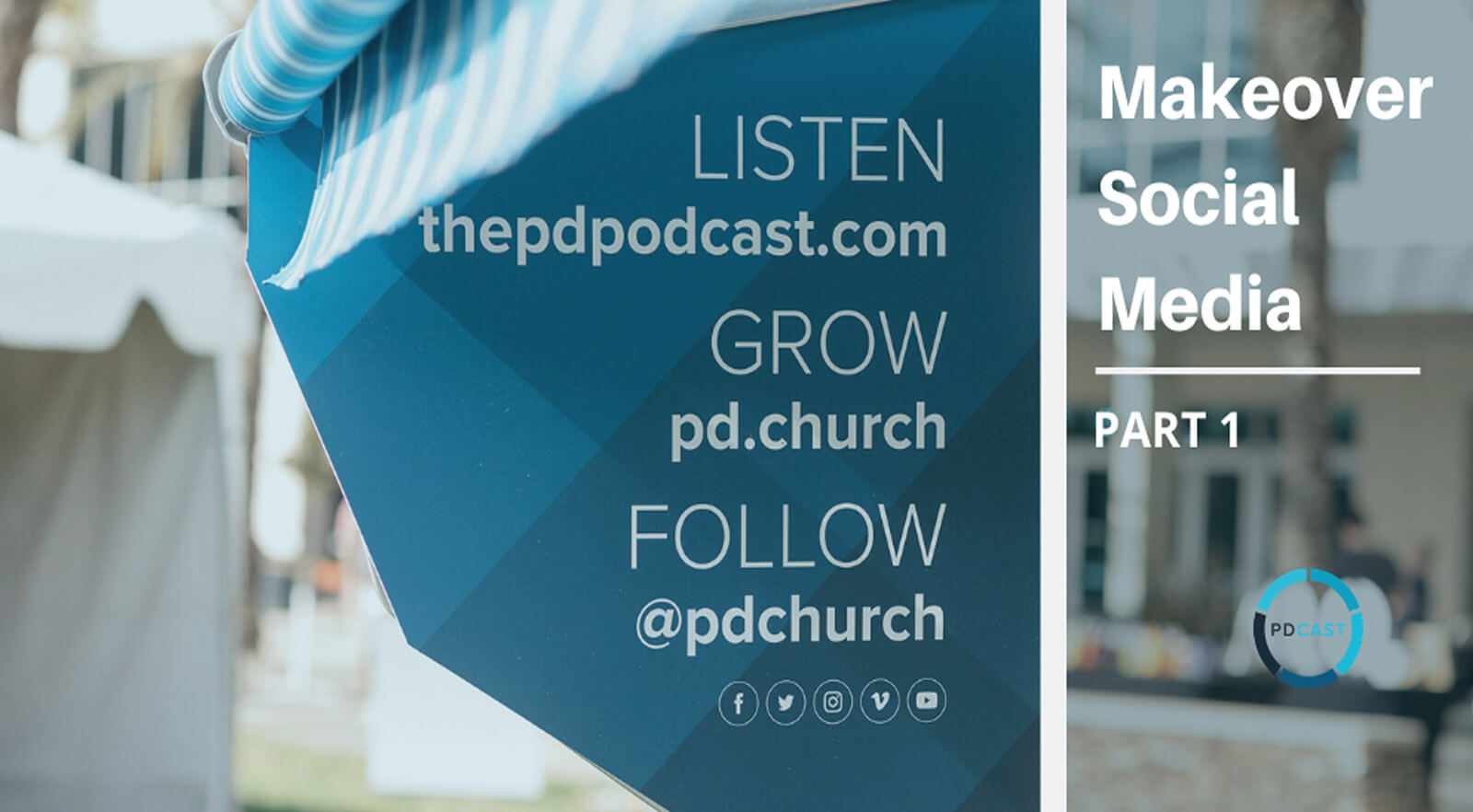Many churches struggle with using social media effectively. It can be difficult to navigate the multitude of platforms and figure out when, what, and where to post. In this two-part conversation, Mingo Palacios, Angie White, and Robert Cortes are here to help you give your church a social media makeover.
Episode Transcript:
Social media can be a tricky space for churches to navigate, and nobody knows that better than Angie White and Robert Cortes. At 26 years old, Angie is a social media native who has already gained vast experience in managing social media accounts for churches and events, including the Purpose Driven Conference. As a StoryBrand Certified Guide, Robert’s digital media agency has also served many churches to help them reassess their social media strategies.
What is the importance of social media for churches? These days, Angie says, people are at least as likely to check out your social media as your website, especially young people. These platforms are one of the best ways to reach the people you want to speak to. They feel more personal and show who you are as a church, which is why Angie emphasizes that it’s important for your social media to reflect your brand.
“Always keep in mind your branding,” she says. “That’s one thing I always ask churches and talk to them when it comes to how to make our social media better.” That includes using your church’s color scheme, for example, but also going beyond aesthetics to include the “culture and voice and what we look like as a church.” For example, in San Diego, Angie often likes to include palm trees and beaches to reflect the environment the church is in.
Consider your church’s overall social media feed, not just the individual post that you’re putting up today. Does the feed as a whole reflect who you are as a church? Don’t try to put out a false image or imitate another church’s feed. “If it’s not reflective of the church… I feel like you’re almost catfishing a little bit,” Angie laughs. “Honestly, be proud of who your church is.”
Robert adds that in addition to imagery, copywriting is a critical component of social media that is often overlooked. He describes a formula for content that will help you engage your audience:
- Invite your target audience into a story.
- Create a “story loop” which describes a problem your audience might be facing.
- Speak to how your service or event will solve that problem.
- Describe the desired outcome: what will their life look like if they engage with your event or service?
The last step includes looking at things from your audience’s perspective and allowing them to see themselves in that post or that story. Otherwise, “it looks like something flying by you, like an ad,” Robert says. It won’t engage them.
Try to create a one-liner statement that can explain the problem and your solution succinctly. This system can be applied outside of social media as well, in your real-life ministries, Mingo notes. For a youth ministry, for example: “Most kids don’t have a compelling reason to come to church; we try to create engaging, memorable, and spiritually significant programs so every student feels like they’re learning something new.”
As for which platforms you should be using, Angie advises starting solely with Instagram and Facebook as your mainstays for regular posts. “Then once you hone in on that and you feel confident and you have a rhythm going, you can start exploring other platforms.”
She recommends Pinterest as a good next step. “The cool thing about Pinterest is you don’t have to follow somebody… so it’s a cool way to reach new people. Then you’re also feeding your congregation as well if you’re posting out inspirational stuff.” Snapchat is one of the most popular platforms for younger people, so a youth pastor, for example, may consider using it to reach that age group – even for something as simple as posting Jesus quotes.
In the end, Angie says, it comes down to having a strategy for each of the platforms that you’re using, and engaging with your target audience through their preferred social media platform.
Listen, Subscribe and Review
Share on facebook
Share on google
Share on twitter
Share on linkedin
